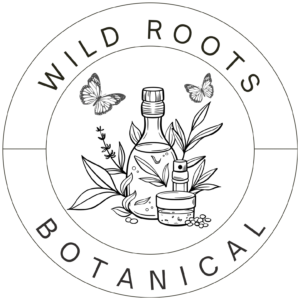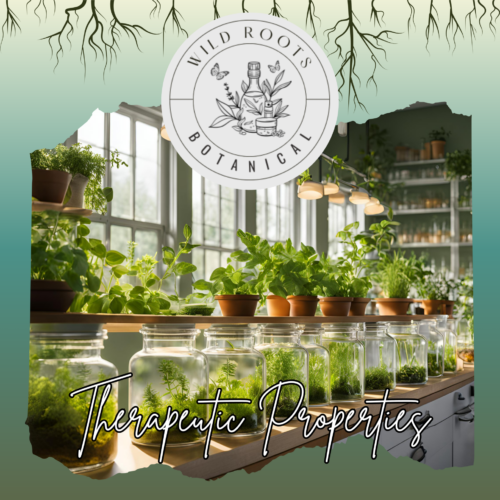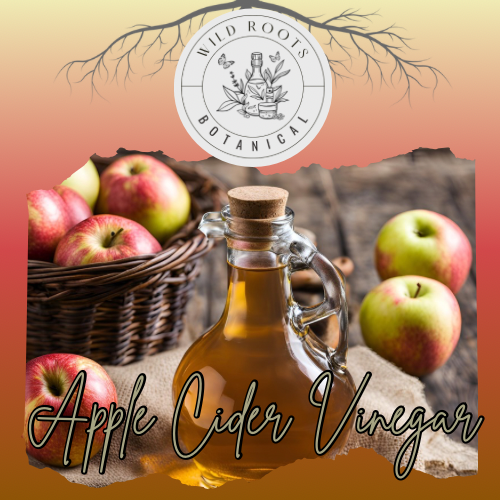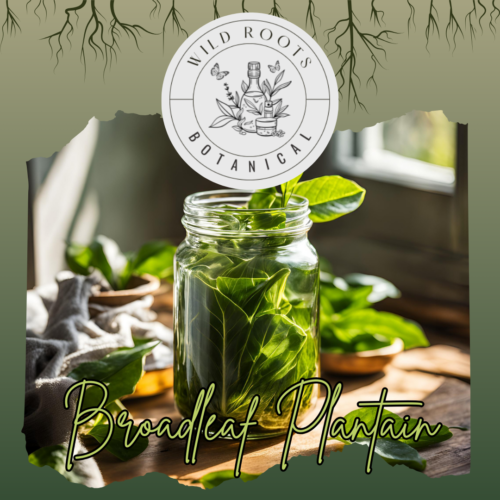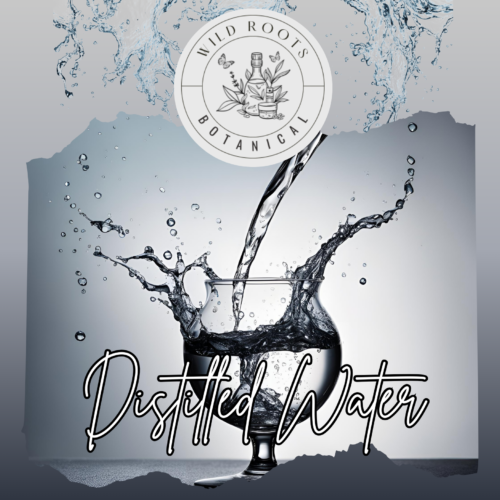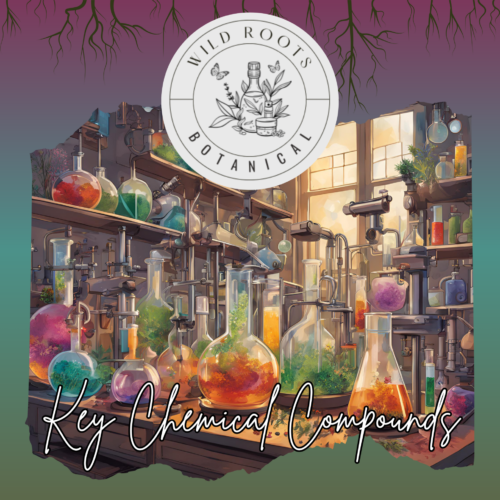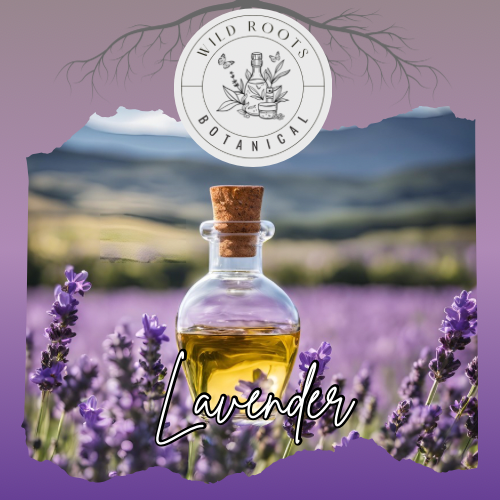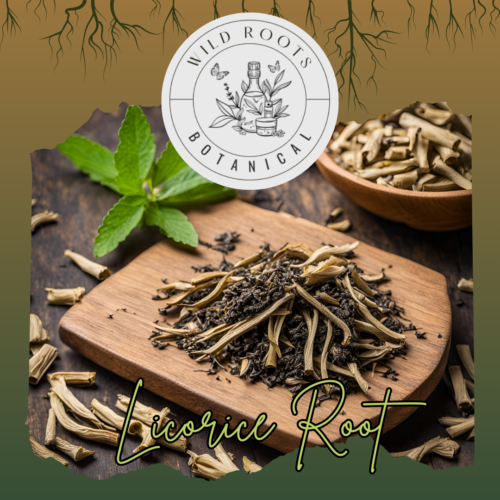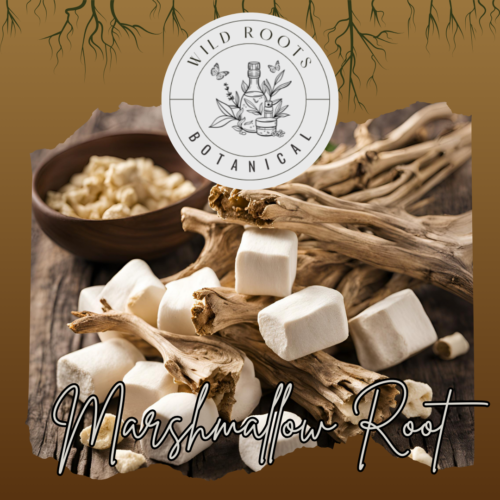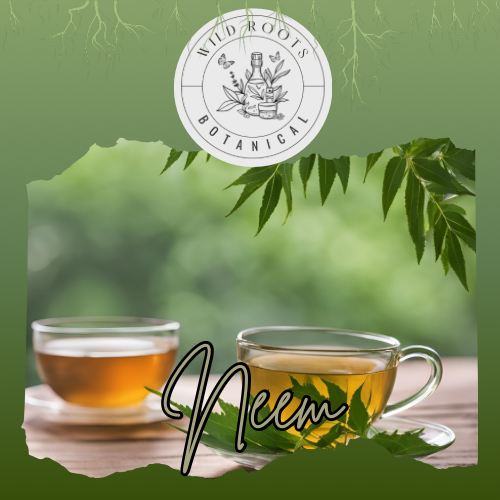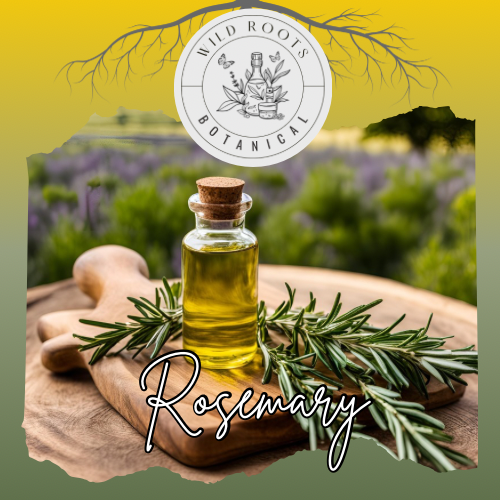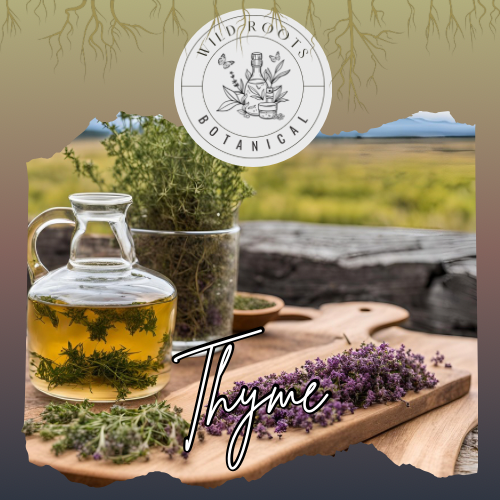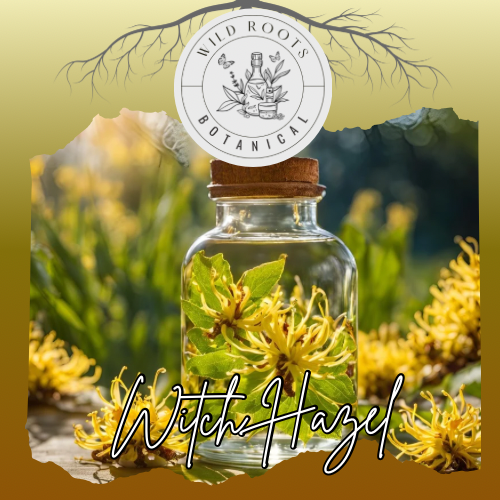Therapeutic Properties in Medicinal Herbs – A Comprehensive Guide
Introduction
This guide explains the various therapeutic properties mentioned in herbal medicine, their mechanisms of action, and their potential benefits for human health.
Primary Therapeutic Actions
Anti-inflammatory Properties
- Definition: The ability to reduce inflammation in the body
- Mechanisms:
- COX-2 enzyme inhibition
- Prostaglandin reduction
- Cytokine modulation
- Free radical neutralization
- Benefits: Reduces pain, swelling, and chronic inflammation
Antimicrobial Properties
- Definition: The ability to fight microorganisms
- Types:
- Antibacterial: Fights bacterial infections
- Antifungal: Combats fungal growth
- Antiviral: Inhibits viral replication
- Antiparasitic: Controls parasitic organisms
- Applications: Infections, wound care, preservation
Antioxidant Properties
- Definition: Ability to neutralize harmful free radicals
- Functions:
- Prevents cellular damage
- Reduces oxidative stress
- Supports cellular repair
- Delays aging processes
- Benefits: Cell protection, anti-aging, disease prevention
Immunomodulating Properties
- Definition: Ability to regulate immune system function
- Actions:
- Enhanced lymphocyte proliferation
- Increased phagocytic activity
- Cytokine regulation
- Antibody production support
- Applications: Immune support, autoimmune conditions
Specific System Effects
Digestive Properties
- Carminative: Reduces gas and bloating
- Demulcent: Soothes and protects mucous membranes
- Hepatoprotective: Protects liver function
- Choleretic: Stimulates bile production
- Antiemetic: Reduces nausea and vomiting
Respiratory Properties
- Expectorant: Helps clear mucus
- Antitussive: Suppresses coughing
- Bronchodilator: Opens airways
- Decongestant: Reduces nasal congestion
- Mucolytic: Thins mucus secretions
Nervous System Properties
- Anxiolytic: Reduces anxiety
- Sedative: Promotes relaxation and sleep
- Nervine: Supports nervous system function
- Antispasmodic: Reduces muscle spasms
- Analgesic: Reduces pain perception
Circulatory Properties
- Vasodilator: Widens blood vessels
- Hemostatic: Controls bleeding
- Cardiotonic: Strengthens heart function
- Lymphagogue: Promotes lymph flow
- Anti-thrombotic: Prevents blood clots
Adaptive Properties
Adaptogenic Properties
- Definition: Helps body adapt to stress
- Functions:
- Stress response normalization
- Energy level regulation
- Hormonal balance support
- Cellular resistance enhancement
Tonic Properties
- Definition: Strengthens overall body function
- Types:
- Nutritive tonics
- Nervous system tonics
- Reproductive tonics
- Immune system tonics
External Applications
Skin-Related Properties
- Vulnerary: Promotes wound healing
- Emollient: Softens and soothes skin
- Astringent: Tightens tissues
- Anti-pruritic: Reduces itching
- Cicatrisant: Promotes scar healing
Topical Actions
- Rubefacient: Increases surface blood flow
- Counter-irritant: Creates mild irritation to relieve deeper issues
- Drawing: Pulls toxins from tissues
- Poultice: Draws out infection or inflammation
Metabolic Properties
Hormonal Effects
- Adaptogenic: Balances hormonal systems
- Phytoestrogenic: Contains plant-based estrogen-like compounds
- Galactagogue: Promotes milk production
- Thyroid modulating: Affects thyroid function
Metabolic Actions
- Hypoglycemic: Lowers blood sugar
- Thermogenic: Increases metabolic rate
- Lipolytic: Breaks down fats
- Anabolic: Promotes tissue building
Safety and Effectiveness
Factors Affecting Properties
- Preparation method
- Plant part used
- Harvest timing
- Storage conditions
- Individual response
Interaction Considerations
- Herb-drug interactions
- Herb-herb interactions
- Timing of administration
- Dosage effects
- Individual sensitivity
References
- Bone, K., & Mills, S. (2013). “Principles and Practice of Phytotherapy.” Churchill Livingstone.
- Hoffman, D. (2003). “Medical Herbalism: The Science and Practice of Herbal Medicine.” Healing Arts Press.
- Mills, S., & Bone, K. (2000). “Principles and Practice of Phytotherapy: Modern Herbal Medicine.” Churchill Livingstone.
- Williamson, E., et al. (2012). “Fundamentals of Pharmacognosy and Phytotherapy.” Churchill Livingstone.
Did You Know?
- The term “adaptogenic” was first coined in 1947 by Soviet scientist Dr. Nikolai Lazarev to describe substances that help the body adapt to stress
- Immunomodulating properties can both stimulate and suppress immune function depending on what the body needs
- Carminative properties, which help relieve gas and bloating, were discovered by observing that certain aromatic herbs aided digestion
- The ancient Greeks used astringent herbs to “bind” wounds, which we now know works by contracting skin proteins
- Antispasmodic properties were first documented in ancient Egyptian papyri for treating muscle cramps
- Some herbs can exhibit opposite properties depending on dosage – like being stimulating in small doses but sedating in larger ones
- The word “expectorant” comes from the Latin “expectorate,” meaning to expel from the chest
- Nervine properties were traditionally tested by observing their effects on farm animals before human use
- Many antioxidant properties were discovered when scientists noticed certain populations who consumed specific herbs had longer lifespans
- The term “hepatoprotective” was first used in Ayurvedic medicine thousands of years before modern liver function tests were developed
- Some antimicrobial properties are so effective they’re being studied as alternatives to conventional antibiotics
- The traditional use of vulnerary (wound-healing) herbs has been validated by modern research showing they increase collagen production
